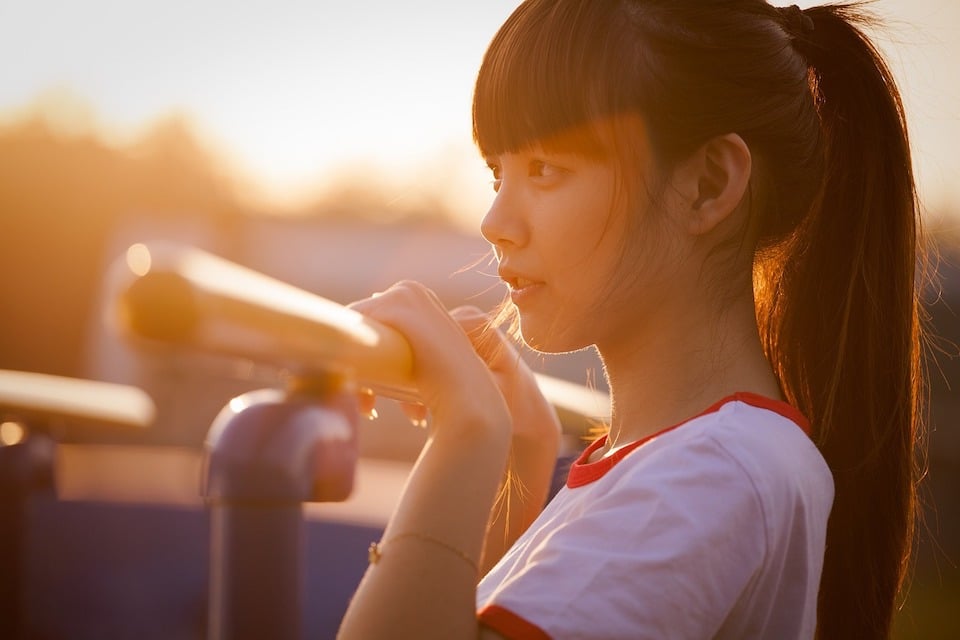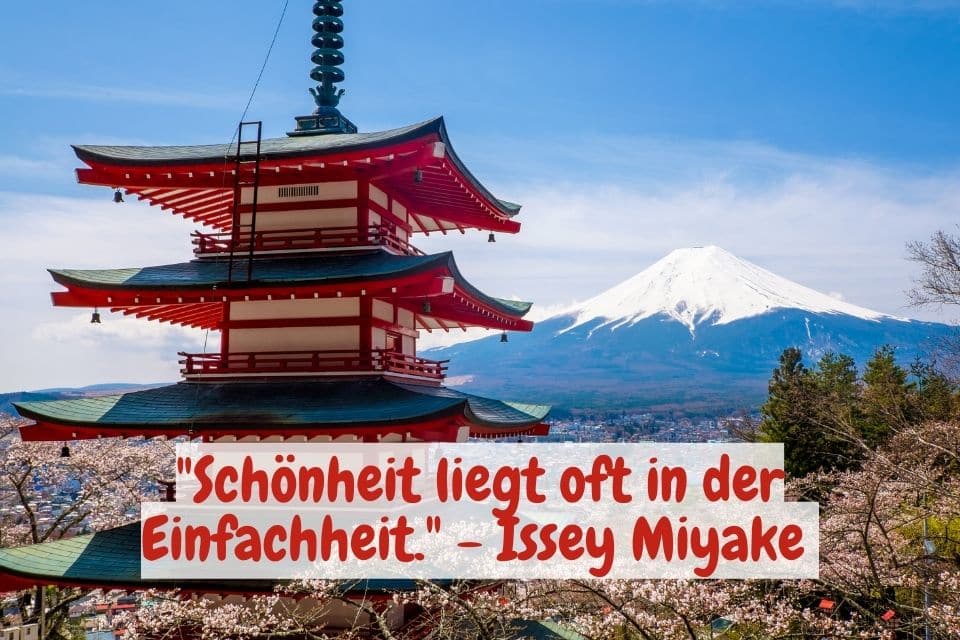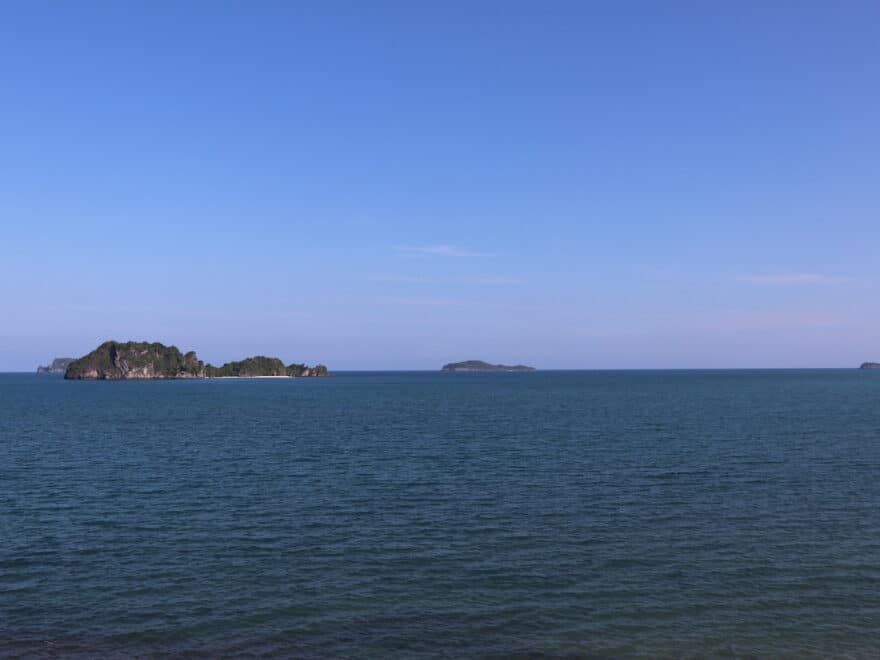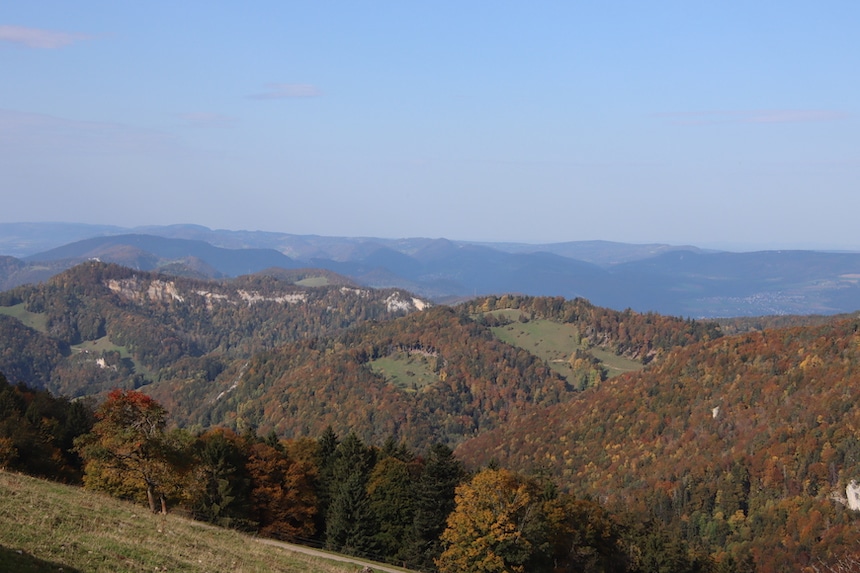Last updated on May 15, 2021 by Roger Kaufman
History and culture of Japan
Japan, the fourth largest island state, comprises 6852 islands. Japan was founded in the 5th century under the cultural influence of the Chinese Empire.
With its 126.860.000 inhabitants and thus a population density of 335,8 inhabitants/km² (as of 2019), the country is now one of the most densely populated countries in Asia.
The Culture Japan's culture differs from Germany's culture in most ways. However, compared to its neighboring countries such as North and South Korea, Japan has China and Taiwan have made very own and specific cultural developments.
Despite being a member of the Group of Seven largest industrial nations in the world, Japan remains true to its cultural customs.
Japan culture and society
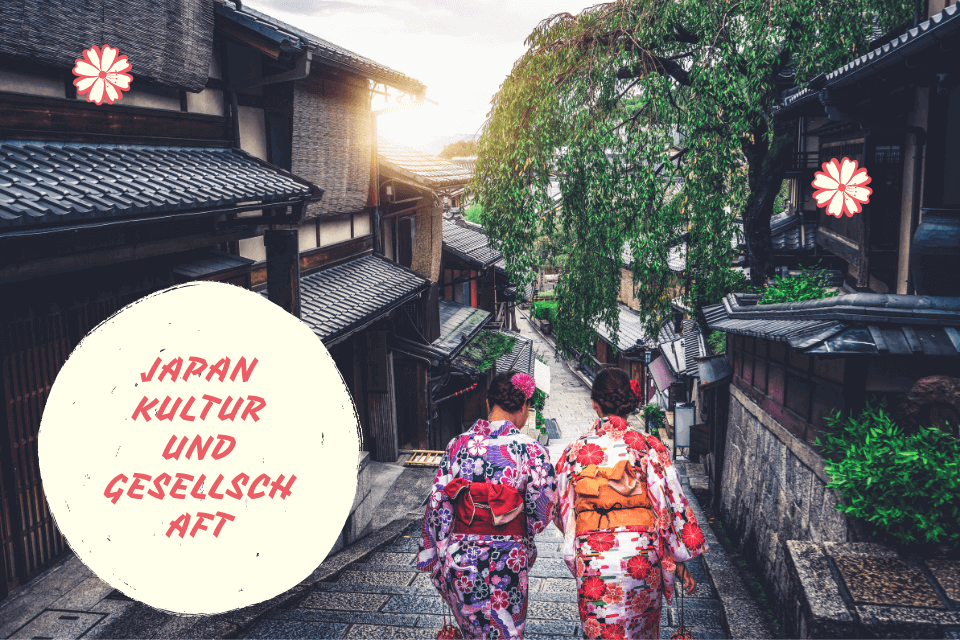
The Japanese in themselves best reflect their own culture. They often put the social duty that a functioning society requires before their personal individuality.
Harmony in everyday life and in every action they take is very important to the Japanese. Interpersonally, the Japanese practice self-control and avoid competition and confrontation.
This social thinking arises largely from religious attitudes.
Buddhism and Shintoism are mainly represented in Japan, with many Japanese belonging to both religions. In keeping with the social values, the two religions are not in competition, but coexist peacefully.
Many historical buildings and sights have a strong religious influence in their construction.
Many Shinto shrines and Buddhist temples can be found throughout the country. Other religions, such as Christianity or Islam, are found in significantly smaller numbers.
Japan culture and interests
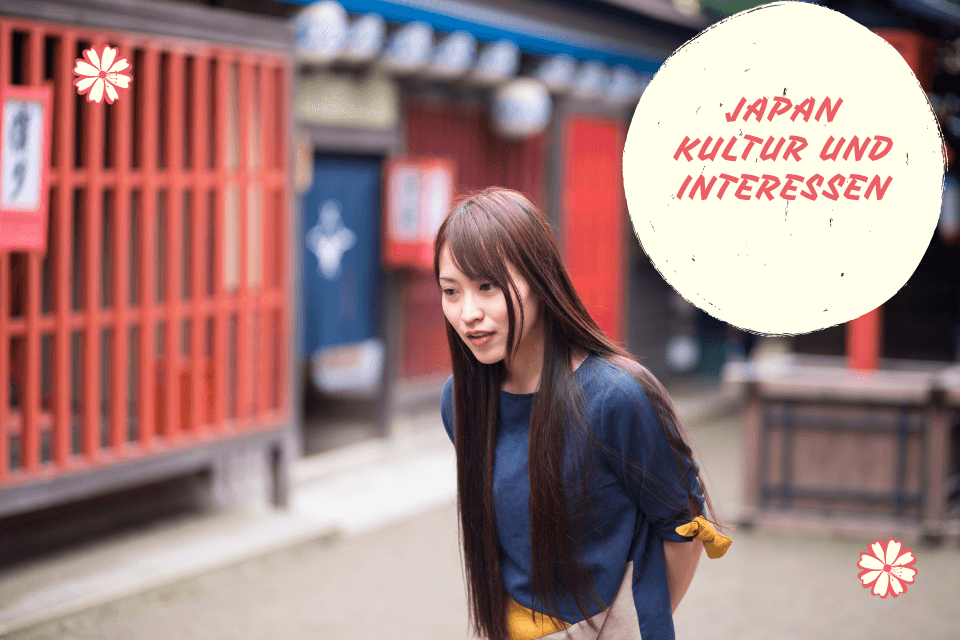
Religion also has a great influence on art and a rich art history, which can be discovered in numerous museums today. Since there is no one “typical Japanese” art style, the country has a lot to offer.
You can find every form of art, from painting to temple architecture to calligraphy. Drawing manga is also widespread, and in recent decades it has increasingly spread to the Western world and thus to Germany.
This form of art, which is primarily characterized by the great of Love The floor plans, which are marked for detail and elaborate background illustrations, were created as early as the 11th century in the form of expressive depictions of people and animals.
40 interesting and crazy facts about Japan
Source: PROPANE
Japan culture music
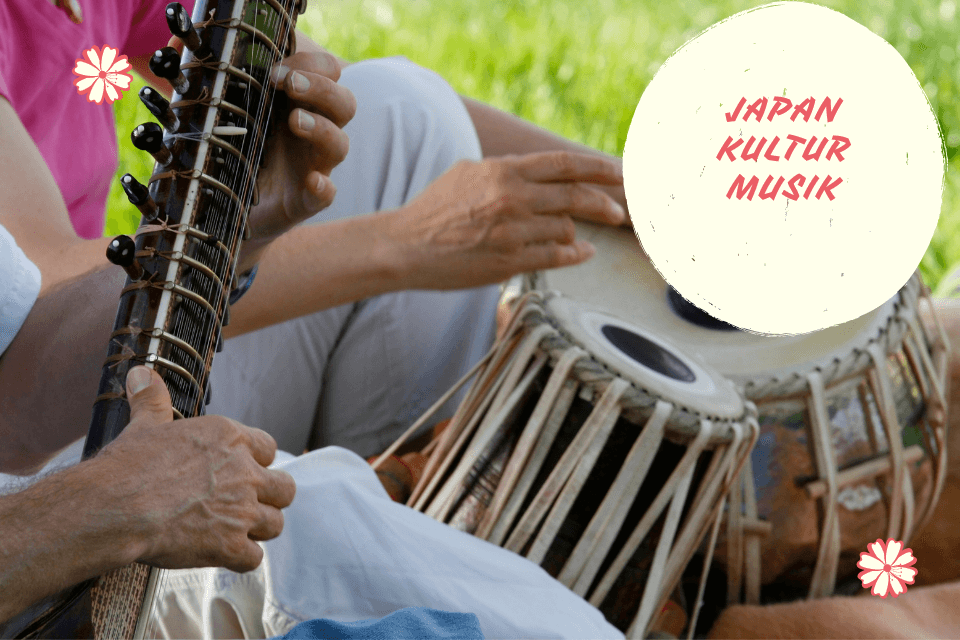
Japanese music is known primarily for its pop culture. The most influential areas are J-Pop (Japenese Pop) and J-Rock (Japanese Rock).
Nowadays, the music genre not only reaches neighboring countries, but also spreads across the entire globe. At the same time, the demand for music from Europe and America is also high in Japan, with huge fan communities forming in some cases.
Im The classical area is civil music asked. A style of music that consists of light melodies and is usually played by women in the typical Japanese costume, the kimono.
Beautiful Japanese music | Koto Music & Shakuhachi Music
Japan culture cuisine
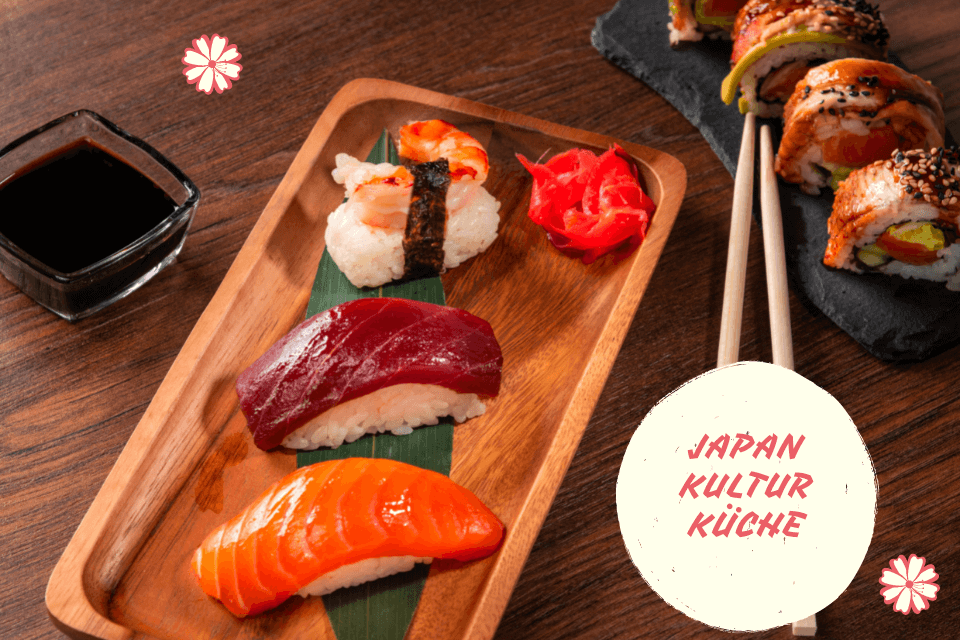
The japanese cuisine is very different from the German one. Due to its direct location on the coast, there is a lot of fish on the menu here.
Of course, many sushi and other rice dishes are typically Japanese. Ramen, matcha, sake and tempura are also popular, although this varies greatly depending on the region.
Many forms of food are offered in the form of street food.
Street Food Japan – A Taste of Delicious Japanese Cuisine
Japan culture – the most beautiful places summarized in a video
A journey through Tokyo, Matsuyama, Imabari, Nagano, Gifu and Ishizushisan. Beautiful images from Japan in one Video summarizes.
Japan insight into the culture of a highly developed country
Photojournalist Patrick Rohr begins his journey through the land of the rising sun in the megacity of Tokyo. In the first episode of Focus Japan, Patrick Rohr meets Christine Haruka, who is half-Swiss and is known throughout Japan as a TV talent. He meets the fish seller Yuki, the bartender Yugo, and gets to know the girl band Kamen Joshi, whose ambitions are exploited by the pop music industry.
Dok
The formation of the Japanese state began in the 5th century under the cultural influence of the Chinese Empire.
Japan has been in contact with the West since the 16th century and increased since the 19th century Great power up, acquired colonies such as Korea and Taiwan, took part in both world wars and briefly ruled large parts of Southeast and East Asia.
The Japanese Empire Until 1947, it was partly based on the monarchical principle Prussian model leaning, constitutional monarchy with the Japanese emperor as head of state.
His aggressive expansion policy China in the run-up to and during the Second World War (Pacific War) ultimately led to defeat on the side of the Axis powers in August 1945. In the Japanese state formed under Douglas MacArthur's occupation government since 1947, the sovereign is the people, the highest organ of state power is the parliament, both of whose chambers have since been directly elected by the people.
The empire was not abolished, but the Kaiser as a “symbol of the state” reduced to ceremonial tasks without independent authority in state affairs. Apart from Japan, there is no longer any state with an emperor.
Wikipedia
Japan is one of the more densely populated countries in Asia and is in eleventh place with around 126 million inhabitants most populous countries in the world. The Japanese population is predominantly concentrated on the four main islands and consists of 99% Japanese. Minorities include Korean, Chinese, Filipinos and Taiwanese. Since the 2000s, several thousand guest workers and asylum seekers have also been living in Japan Africa and other Asian countries. Most of the residents are supporters of the Shintoism and Buddhism.
Learn Japanese easily? Sure, with Ronja Sakata
Learning Japanese is easy! Yes, with me! I can tell you exactly what's important, what to focus on for quick SUCCESS and how you get the words into your head.
Grammatically, Japanese is sooo cool! I'll tell you in the webinar what is NOT there compared to French!
Ronja Sakata
And why should you listen to me, a Swiss woman who doesn't speak Japanese perfectly but can speak Japanese fluently? Because I know exactly what it's like to learn this language from scratch. I know how insurmountable the mountain looks at the beginning and how good it feels to keep getting higher! One hour of free Japanese – Loooos!
